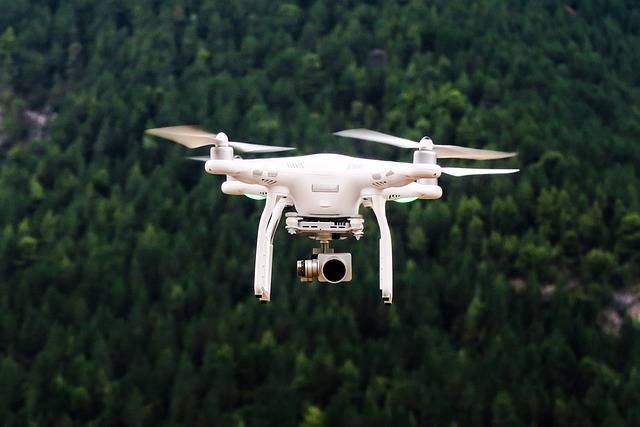Thermal imaging has opened new horizons for drone applications, as it enables the detection of temperature variances in environments that are otherwise invisible to the naked eye. This unique capability is especially useful in scenarios such as search and rescue operations, where locating humans or animals in dense vegetation or darkened conditions is paramount. By sensing heat signatures, thermal camera drones can quickly identify and locate living objects, significantly reducing response times.
Innovative Applications in Various Industries

Industries such as agriculture, construction, and energy have tapped into the potential of thermal drones to enhance operational efficiency and safety. In agriculture, thermal imaging provides farmers with vital data to optimize irrigation, monitor crop health, and even detect pest infestations early. Drones can cover large areas swiftly, delivering real-time feedback that empowers farmers to make informed decisions effortlessly.
Similarly, construction professionals leverage these drones to survey sites, detect heat leaks, and oversee projects, ensuring safety standards are maintained. Thermal cameras can visualize energy losses, allowing builders to pinpoint insulation needs or identify potential structural issues before they become costly problems.
Energy Sector: Maximizing Efficiency
The energy sector benefits greatly from thermal camera drones. They perform comprehensive inspections of power lines, solar panels, and wind turbines, identifying hotspots that might indicate inefficiencies or failures. By proactively addressing these issues, companies can prevent outages and prolong the life of their infrastructure. This proactive approach not only enhances reliability but also saves money on maintenance costs.
The versatility of thermal camera drones is further underscored by their ability to operate in harsh weather conditions or challenging terrains where traditional surveillance methods might falter. Advanced drones can withstand extreme temperatures, rain, and wind, making them ideal for critical applications.
FAQs
-
How do thermal camera drones differ from regular drones?
Thermal camera drones are equipped with thermal imaging sensors that allow them to detect heat differences, whereas regular drones typically use standard cameras for visual imaging. This allows thermal drones to identify objects based on their heat signatures.
-
Can thermal camera drones be used at night?
Yes, thermal camera drones are extremely effective at night as they don’t rely on visible light. They detect infrared radiation, enabling them to provide clear images based on temperature variations, making them perfect for nighttime operations.